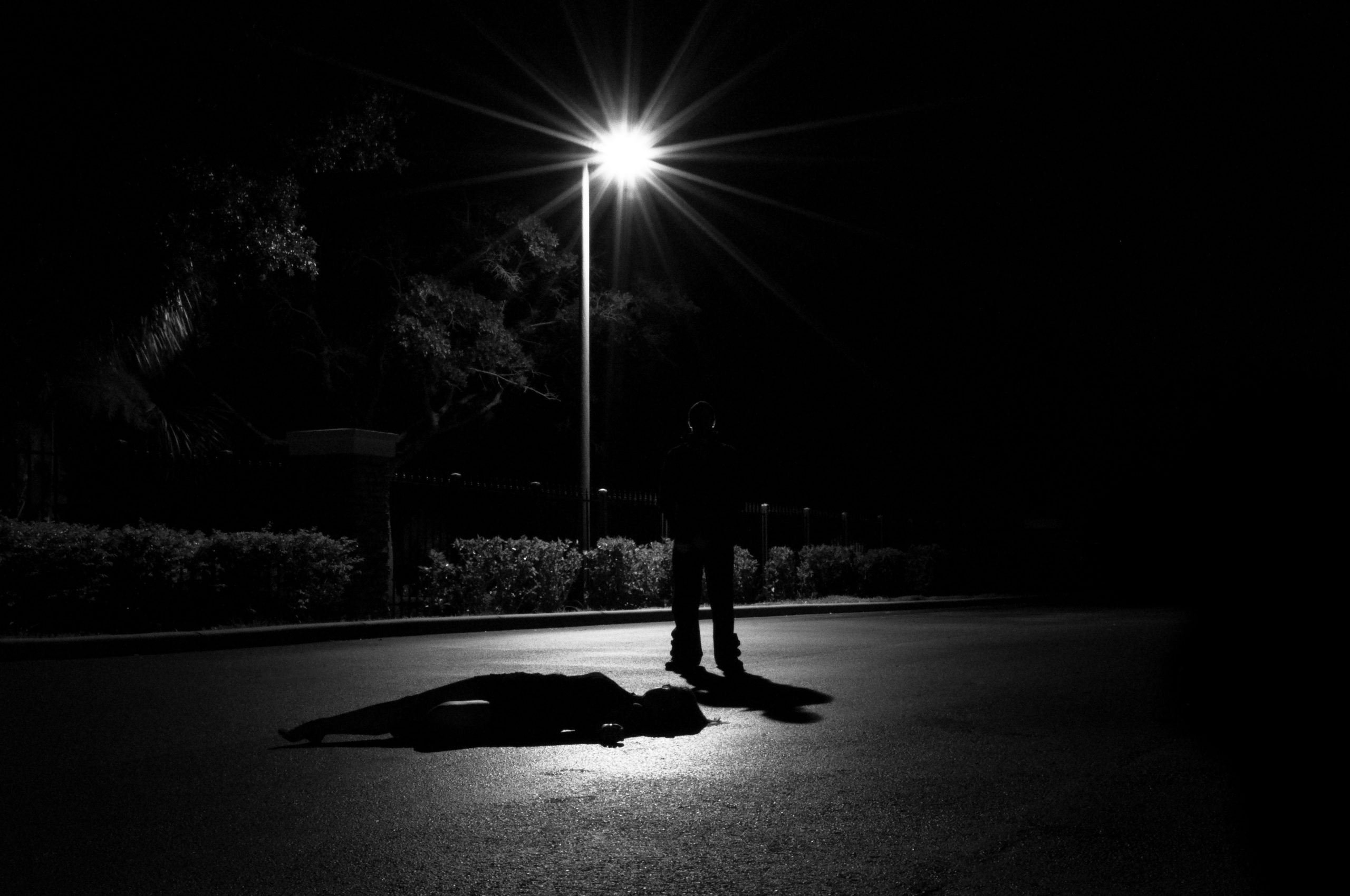
24 Aug Letter to Editor is Right: Same Failed Policies Won’t Fix Crime Rate
If you want to learn how out of touch government officials are when it comes to crime rates and the failed policies of the past, look no further than letters to the editors of local news outlets. This letter to the editor of the Roswell Daily Record in New Mexico by John Grogan is a great example. Grogan’s point is simple but important: “In the past 40 years our nation has spent trillions on law enforcement and incarceration without showing any measurable positive results … After 40 years what we have been doing has not worked to reduce crime. Without change we will continue to see the failed policies of the past 40 years.”
Grogan, like many of us, started with optimism. He felt “pleased” when lawmakers in his state planned to address the state’s crime rate. But, “[a]fter reading further,” he laments, “I realized they were advocating for more of the same failed policies of the past.” Grogan recalled President Ronald Reagan declaring war on drugs in the 1980s. He recalled President Bill Clinton declaring war on crime in the 1990s. In the 30 or 40 years since? The U.S.’s incarceration rate has went up by roughly 600%. Yet the crime rate seemingly hasn’t moved, he explained.
The U.S. has dramatically increased police funding and incarceration over the past 40 years—and it seemingly has nothing to show for it.
These statistics are accurate and, as Grogan suggests, alarming. Yet many politicians—like Grogan’s, yours and everyone else’s—still push for more of the same. Grogan even recognized how those policies may have made things worse, not better, in New Mexico. “Under our previous governor funding for education was cut while increasing funding for prisons and advocating harsher penalties. The result was our education ranking dropped from 39th in 2010 to being ranked as the absolute worst in the nation in 2019. Our crime rate remained basically unchanged.”
Recently, politicians across the country have bashed the idea of reallocating funding from law enforcement to other government agencies. These politicians have warned of a dangerous high increase in violent crime—sometimes when it’s true, sometimes when it’s not. Most media outlets have regurgitated this criticism with little or no context. And, like usual, this narrative has trickled down to the public. But, as we have seen, it’s ordinary for Americans to fear a rise in violent crime even when crime goes down.
Many in the public understand that it isn’t an easy fix. And they also understand that the same failed policies over the past 40 years won’t lead to different crime rates now. With that understanding largely absent from media coverage, it’s hard not to turn to other sources for coverage. Sometimes letters to the editor like Grogan’s might be better.

